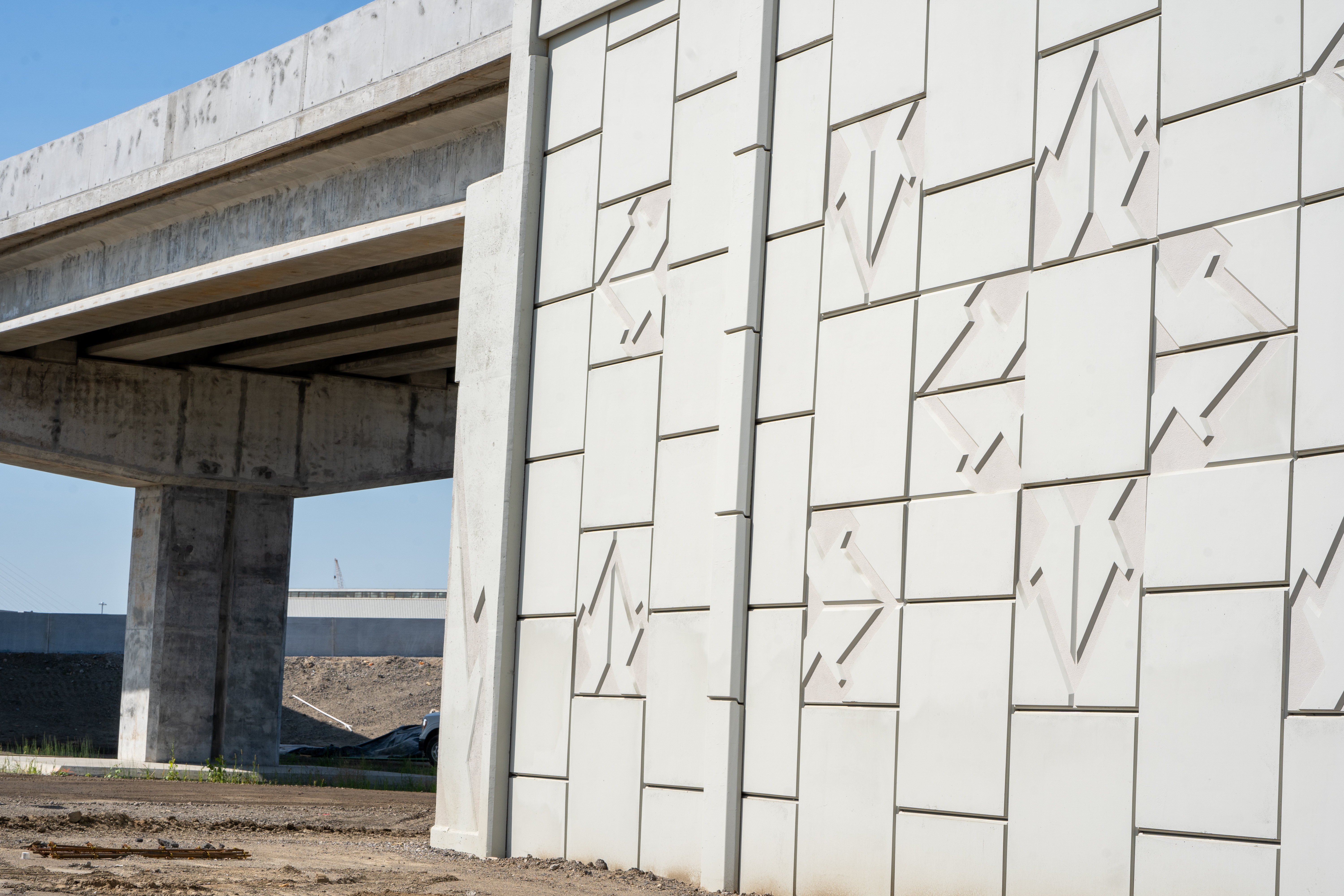There is more than meets the eye when looking at the Gordie Howe International Bridge towers and, in this case, what is inside is just as important as what is outside.
Significant progress continues on the project as site crews install structural steel anchor boxes into the top of the bridge towers – a critical component to the bridge’s stay-cable support system.
Made of structural steel, the anchor boxes will house the stay cables that connect the towers to the bridge deck and road deck segments. In total, 70 boxes will be installed on the Canadian and US towers, 35 on each side. These anchor boxes are a key component in what sets the cable-stayed design apart from suspension bridges.
Suspension vs cable-stayed
Conceptually similar to suspension bridges, cable-stayed bridges use fewer metal strands of cable to bear the weight of the bridge.
Unlike suspension bridges where cables run free across the towers transferring the loads to anchorage blocks at either end, cable-stayed bridges use anchor boxes at the top of their towers to run metal strands of cable directly to where they attach to the deck supporting the weight of the bridge. The result often allows for a more aesthetically appealing design.
The significance of anchor boxes and stay cables
“Essentially, these anchor boxes support the entire load of the bridge deck – all 1.56 kilometres or 0.97 miles,” Antonio Rios, Canadian Bridge Director for Bridging North America, says. “They are crucial to the overall bridge deck support system.”
Of each tower’s 35 boxes, 27 are stay cable anchor boxes, with anchorage blocks, or bearing plates, which house the cables supporting the bridge deck and road deck segments. The remaining eight are called formwork boxes, or blank boxes, which do not have any cables. They assist in providing support continuity and space for the elevator and access staircase.
Each stay-cable anchor box has two pairs of cables, one that supports a deck segment on the main span of the bridge, and one that supports the corresponding deck segment on the back or side span.
“In addition, the anchor boxes work as the internal formwork and access for the inside part of the tower,” Rios says. “They are an instrumental part of the bridge design as they secure the stay cables.”
By the numbers – anchor boxes
- 70 boxes, 35 on each side
- Each box is 5.5 metres/18 feet wide, 7.5 metres/24.6 feet long, and 2 metres/6.6 feet high
- Formwork boxes weigh between 10-25 metric tonnes/22,000-55,000 pounds each
- Stay-cable anchor boxes weigh between 30-39 metric tonnes/66,000-86,000 pounds each
- The total weight of anchor boxes in each tower is around 980 metric tonnes/2,160,530 pounds
- Each of the stay-cable anchor boxes will have two pairs of cable stays for a total of four cables stays per box
- All together, the stay-cable anchor boxes will house 108 stay cables on each side, or 216 total
To learn more about the construction and progress of the Gordie Howe International Bridge project, check out WDBA’s website and our recent video on the transition area and upper cross beam.


